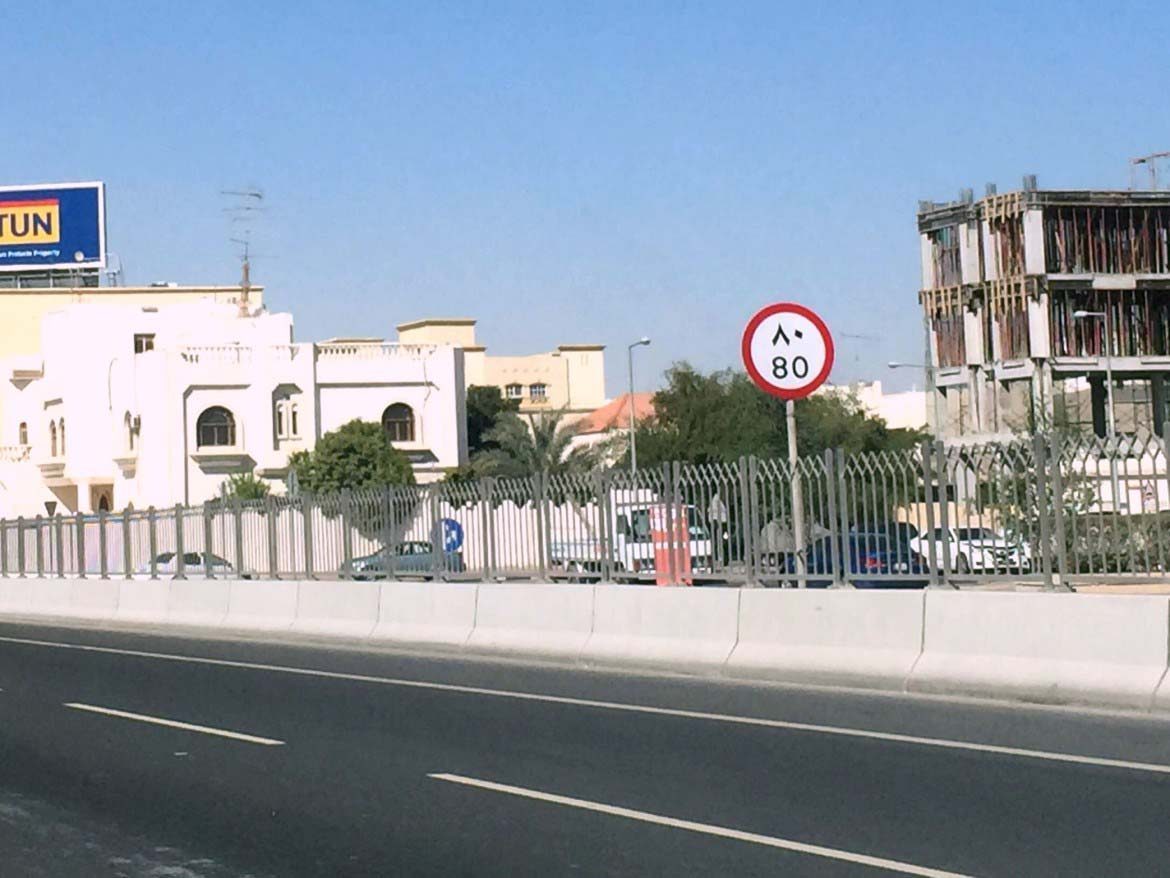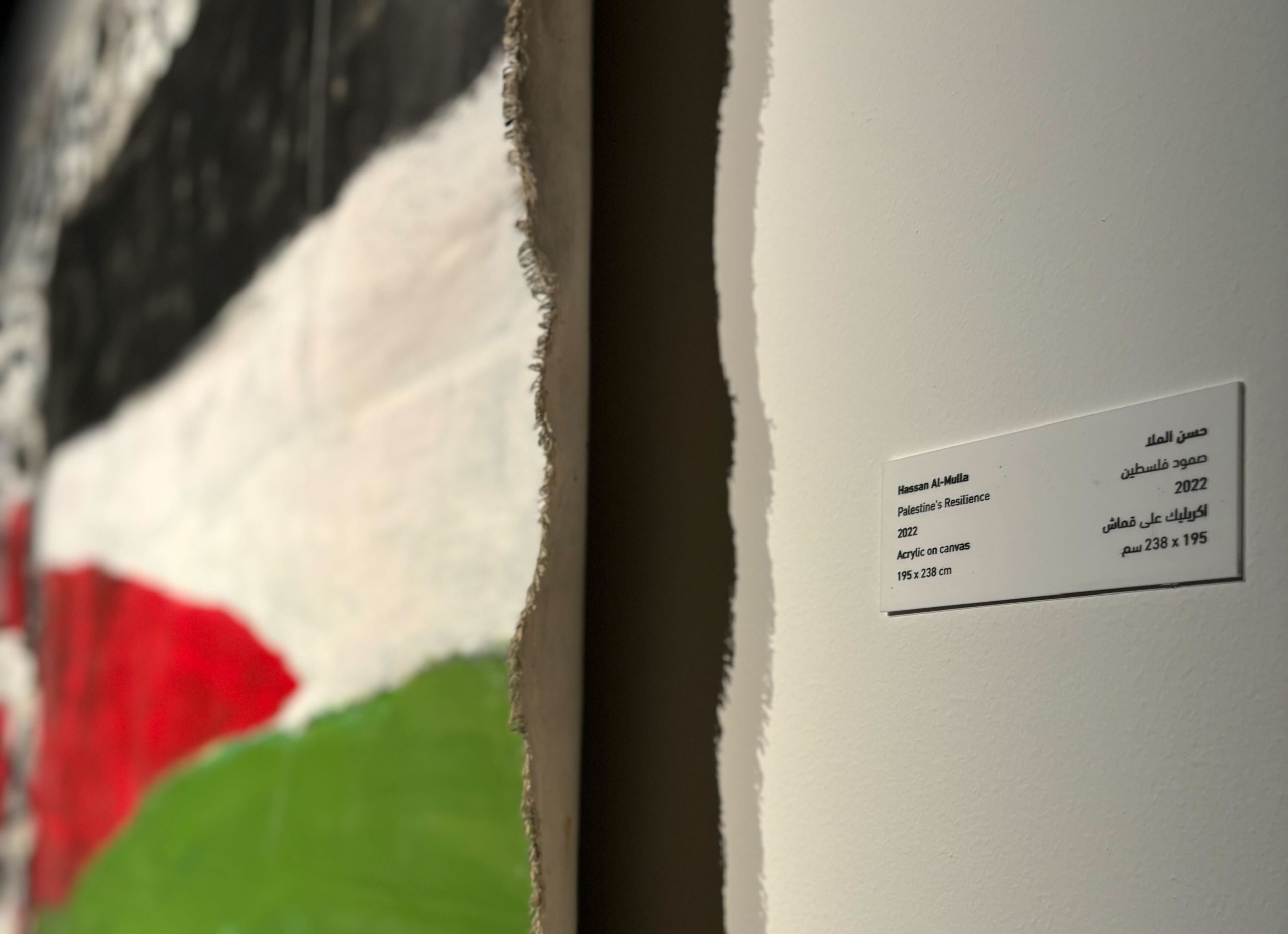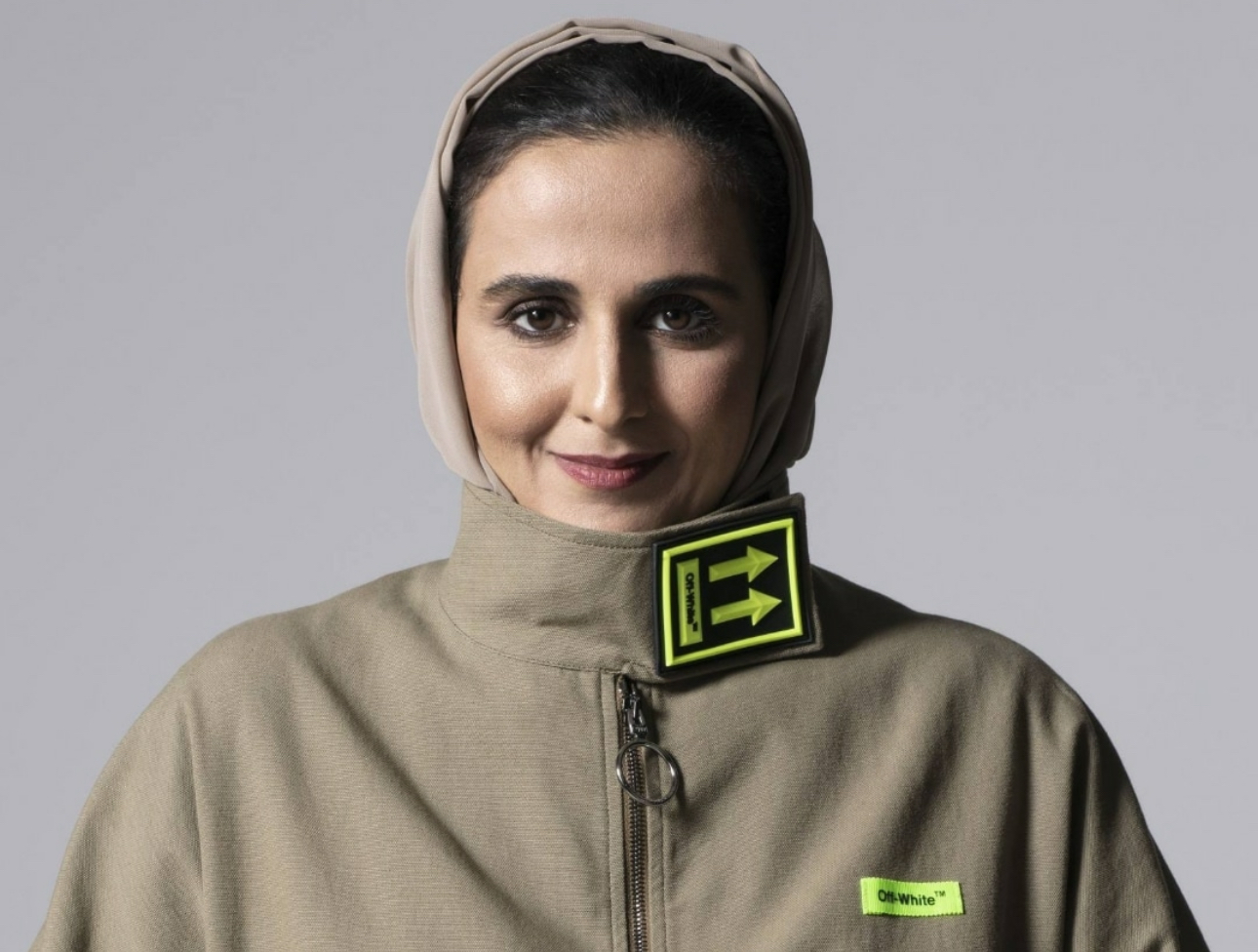
The Doha Expressway has seen improved traffic flow and no major accidents since the speed limit there was reduced in January, a senior traffic official has said.
Motorists were caught off-guard two months ago when signage on the stretch of the busy highway between the interchange with Salwa Road and Duhail changed overnight to reflect that the maximum speed limit was cut from 100km/h to 80km/h.
Speaking to local media yesterday, Brig. Mohammed Saad Al Kharji, director of the Traffic Department, called the reduced limit a “temporary” measure to make it easier and safer for vehicles to join the main flow of traffic on the expressway from adjoining slip roads and service roads.
He continued, as quoted by Qatar Tribune:
“Many of the entrances and exits on the road have a speed limit of 80 kph. The resulting inconvenience and congestion on those parts of February 22nd Street (the Expressway) prompted the Traffic Department to reduce the speed limit on the main road to match those at the entrances and exits on a temporary basis.”
A Qatar-based traffic consultant told Doha News that another one of the benefits of a slower speed limit was that drivers could safely leave less distance between them and other vehicles.

Driving at higher speeds means leaving more of a gap, but this can encourage some drivers to cut into that empty space, he explained. This prompts drivers to suddenly slow down, which causes a domino effect in heavy traffic that can lead to multiple accidents.
According to Al Kharji, the 100 km/h limit could be reinstated once major construction work to Al Rayyan Road is completed.
However, the second phase of that project is not expected to be finished until the fall of 2017, according to Ashghal – which means motorists may yet face another 2.5 years of slower speeds on the expressway.
Highway woes
The expressway, which opened to traffic in 2010 as a fast north-south route through Doha, has become one the city’s busiest roads.
In morning and evening rush hours in particular, vehicles typically move at a slow crawl, rarely reaching speeds of more than 20 km/h. Often times, frustrated drivers can be seen using the emergency lane to bypass traffic, or cutting in to queued-up exit routes at the last minute, in a bid to save time.
As a result, the road has been the site of a number of serious and minor accidents in recent years.

Overall, the number of traffic accidents on Qatar’s roads has increased significantly in the past two decades.
According to research by Qatar University’s Qatar Road Safety Studies Center (QRSCC) published earlier this year, road accidents rose by 560 percent in the period between 1996 and 2013. This outstrips the population increases, which grew at about 330 percent over the same period.
The study found that Sunday and Monday evenings, from 6pm until 9pm, were when the highest number of fatalities happened.
Young men aged 20 to 30 years old were most likely to be killed on the roads, as they accounted for a staggering 90 percent of all mortalities, it added.
Surrounding works
Public works authority Ashghal is in the midst of an ambitious overhaul of Qatar’s roads as part of its national expressway program, which aims to upgrade key routes through the state to meet the needs of the growing population and prepare for the 2022 World Cup.

The reconstruction of 8.2km of Al Rayyan Road, in two phases, is part of this plan. Work started in summer last year to upgrade a 2.9km stretch of the route from west of Khalid bin Abdullah al-Attiyah roundabout (New Rayyan roundabout) to the east of Bani Hajer roundabout, servicing areas around Education City.
Estimated to be complete by the end of next year, it will create an eight-lane expressway, with four lanes in each direction, and 2km of peripheral roads to be constructed or upgraded.
The second phase, which is not due to be finished until Fall 2017, includes a 5.3km stretch from west of Sports roundabout to west of Khalid Bin Abdullah Al-Attiyah roundabout (New Rayyan roundabout).
It will also create an eight-lane expressway (four lanes in each direction), in addition to upgrading 5.4km of side and service roads, and the construction of six new intersections.
Thoughts?







